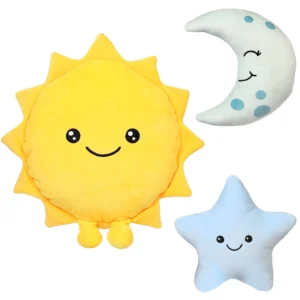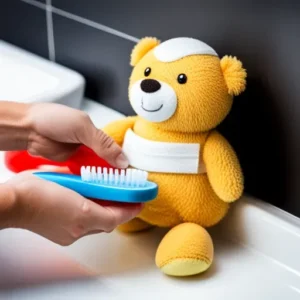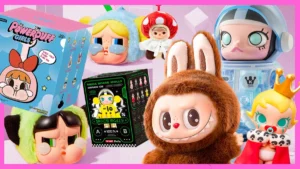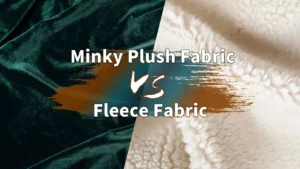Weighted stuffed animals have become increasingly popular for their comforting sensory benefits and unique tactile experience. But have you ever wondered what exactly is inside these plush companions that give them their distinctive weight and soothing feel? Understanding their inner materials not only helps consumers choose the right product but also sheds light on safety, comfort, and eco-friendliness — key factors for parents, gift buyers, and manufacturers alike.
In short, weighted stuffed animals are typically filled with materials such as glass beads, plastic pellets, rice, or sand that provide consistent, safe weight while maintaining softness and durability. These fillings are carefully selected to balance comfort, therapeutic benefits, and safety standards. Imagine a child clutching a soft teddy bear that gently presses down with just the right amount of weight, helping them relax during stressful moments. This perfect harmony between softness and weight is what makes weighted stuffed animals special.
Let’s unpack the complete story behind these materials, how they affect comfort and safety, and what to look for when choosing or producing weighted stuffed toys that truly delight users.
1. What materials are commonly used inside weighted stuffed animals?

Weighted stuffed animals commonly use fillers such as glass beads, plastic pellets, natural grains like rice, and sand. These materials provide the necessary weight to create a calming pressure effect while ensuring the toy remains soft and durable.
- Glass Beads: Glass beads are small, smooth, and non-toxic. They add weight without absorbing moisture and maintain a consistent feel over time. Due to their inert nature, glass beads are hypoallergenic and widely preferred in therapeutic toys. However, they are more expensive than other options and require strong, durable stitching to prevent leakage.
- Plastic Pellets: Made from polyethylene or polypropylene, plastic pellets are lightweight but dense enough to add weight. They are cost-effective, water-resistant, and commonly used in mass-produced weighted toys. On the downside, they can feel slightly noisier when moved and may not provide as natural a weight distribution as glass beads.
- Rice or Natural Grains: Rice is an affordable, biodegradable option often used in homemade or eco-friendly weighted toys. While it provides a natural feel, rice can absorb moisture and may degrade or attract pests if not properly sealed. This makes it less ideal for commercial manufacturing unless properly treated.
- Sand: Sand can provide heavy weight but is rarely used because it tends to clump and can cause discomfort if not evenly distributed. It also poses hygiene and durability concerns.
| Material | Weight Consistency | Cost | Durability | Moisture Resistance | Hypoallergenic |
|---|---|---|---|---|---|
| Glass Beads | High | High | Very High | Excellent | Yes |
| Plastic Pellets | Medium | Low | High | Excellent | Generally Yes |
| Rice | Low | Very Low | Low | Poor | Depends |
| Sand | Medium | Very Low | Low | Poor | No |
For the best balance of durability, safety, and comfort, most professional manufacturers choose glass beads or plastic pellets for weighted stuffed animals.
2. How do weighted fillings affect the comfort and safety of stuffed animals?
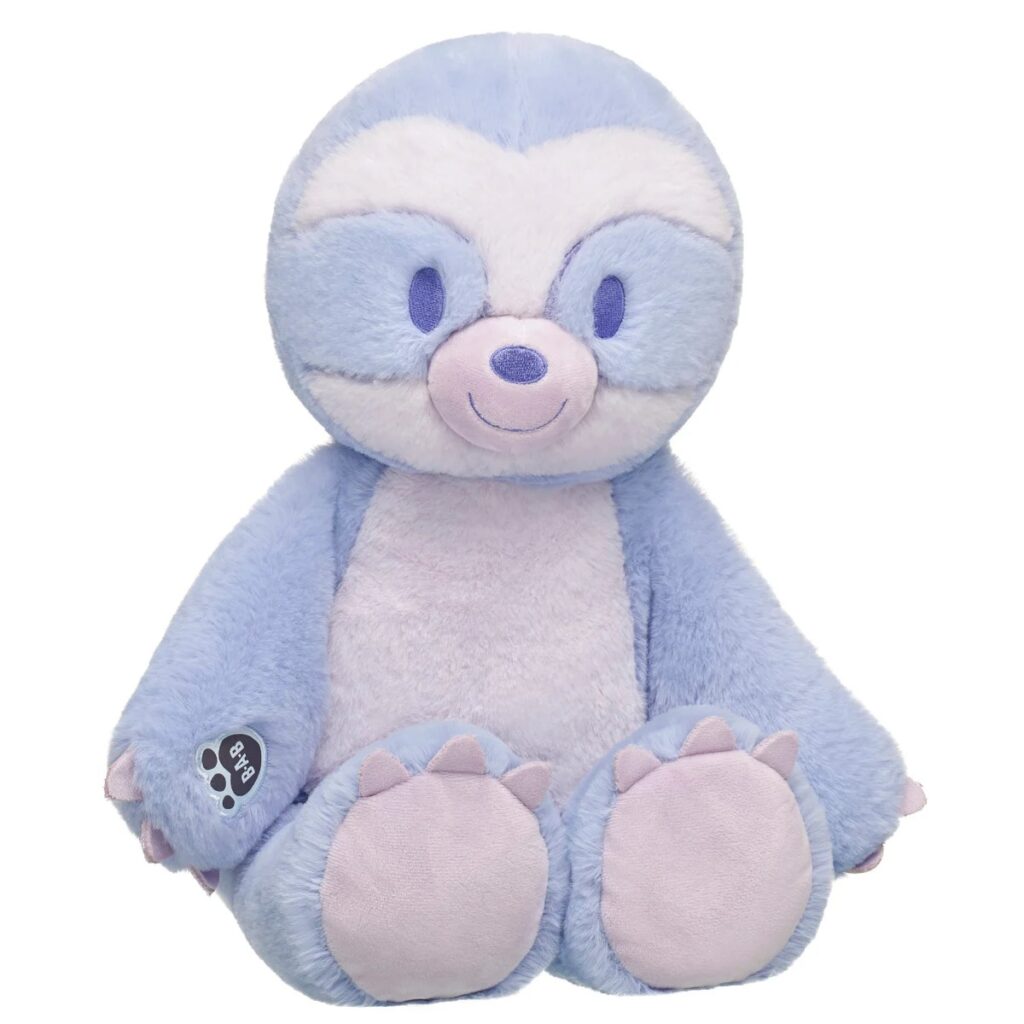
Weighted fillings provide gentle pressure that can improve comfort and calmness, but their safety depends on material choice, fill quantity, and toy construction.
- Comfort through Deep Pressure Stimulation (DPS): The added weight simulates a calming hug, which can reduce anxiety and improve focus, especially for children with sensory processing disorders or adults seeking relaxation.
- Safety Considerations: Fillers must be securely encased to prevent leaks, which could pose choking hazards. Materials like glass beads and plastic pellets require double stitching and internal linings.
- Softness vs. Weight Balance: Too much filler weight or hard materials can reduce softness and make the toy uncomfortable. Proper fill ratios and quality outer fabric help maintain plushness.
- Noise Factor: Some fillers (e.g., plastic pellets) produce noise when moved, which may disturb sensitive users. Glass beads are quieter, preferred in therapeutic settings.
Manufacturers must balance these factors to deliver weighted toys that are both comforting and safe for all users.
| Aspect | Description |
|---|---|
| Comfort through DPS | Weighted fillings simulate a calming hug, reducing anxiety and improving focus for users. |
| Safety Considerations | Fillers must be securely encased with double stitching and linings to prevent choking hazards. |
| Softness vs. Weight | Proper fill ratios and quality fabric balance weight and softness to keep the toy comfortable. |
| Noise Factor | Some fillers (plastic pellets) can be noisy; quieter options like glass beads are preferred. |
3. Which stuffing materials are best for eco-friendly and hypoallergenic weighted stuffed animals?

Eco-friendly and hypoallergenic options prioritize sustainable sourcing, chemical safety, and minimal environmental impact without sacrificing quality.
- Recycled Glass Beads: Some suppliers offer recycled glass beads that reduce environmental footprint while maintaining hypoallergenic properties.
- Organic Cotton Fill with Weighted Inserts: Combining natural fibers for softness with small weighted pellets in sealed pouches can create eco-friendly, safe weighted toys.
- Biodegradable Pellets: Innovations in biodegradable plastic pellets made from plant-based polymers are emerging as greener alternatives.
- Certified Non-Toxic Materials: Materials compliant with standards like OEKO-TEX and GOTS ensure no harmful chemicals or allergens affect users.
- Avoiding Natural Grains Without Proper Treatment: While natural fillers seem eco-friendly, untreated grains may harbor mold or pests and degrade quickly, raising hygiene concerns.
Choosing sustainable materials aligned with certifications supports corporate responsibility and meets growing consumer demand for green products.
| Material Type | Description |
|---|---|
| Recycled Glass Beads | Reduce environmental footprint while maintaining hypoallergenic properties. |
| Organic Cotton Fill + Inserts | Natural fibers combined with small weighted pellets in sealed pouches for eco-friendly, safe toys. |
| Biodegradable Pellets | Plant-based plastic pellets offering greener, biodegradable alternatives. |
| Certified Non-Toxic Materials | Compliant with OEKO-TEX, GOTS standards ensuring no harmful chemicals or allergens. |
| Natural Grains (Untreated) | Avoid unless properly treated due to risks of mold, pests, and rapid degradation. |
4. Do weighted stuffed animals provide therapeutic benefits, and how?

Weighted stuffed animals offer sensory and psychological benefits by applying gentle pressure that mimics deep touch, which can soothe anxiety and improve sleep.
- Calming Effects: Deep pressure stimulation helps release serotonin and dopamine, neurotransmitters linked to mood regulation and relaxation.
- Aid for Sensory Processing Disorders (SPD): Children with SPD or autism often find weighted toys comforting because they provide predictable sensory input.
- Improved Sleep Quality: Weighted toys can help both children and adults reduce restlessness and fall asleep faster by promoting relaxation.
- Stress Relief for Adults: Beyond kids, adults use weighted stuffed animals as a non-pharmaceutical option to relieve stress and emotional tension.
- Limitations and Individual Differences: Not everyone responds equally to weighted toys, so personalization and appropriate weight selection are key.
Manufacturers and caregivers should consider therapeutic claims carefully and design products suited to specific user needs.
| Therapeutic Benefit | Description |
|---|---|
| Calming Effects | Deep pressure stimulation releases serotonin and dopamine, aiding mood regulation and relaxation. |
| Aid for Sensory Processing | Provides predictable sensory input comforting children with SPD or autism. |
| Improved Sleep Quality | Helps reduce restlessness and promotes faster sleep for children and adults. |
| Stress Relief for Adults | Acts as a non-pharmaceutical tool to relieve stress and emotional tension. |
| Limitations & Individuality | Effectiveness varies; personalization and proper weight selection are important for best results. |
5. How do manufacturers ensure quality control and durability of weighted stuffed animals?
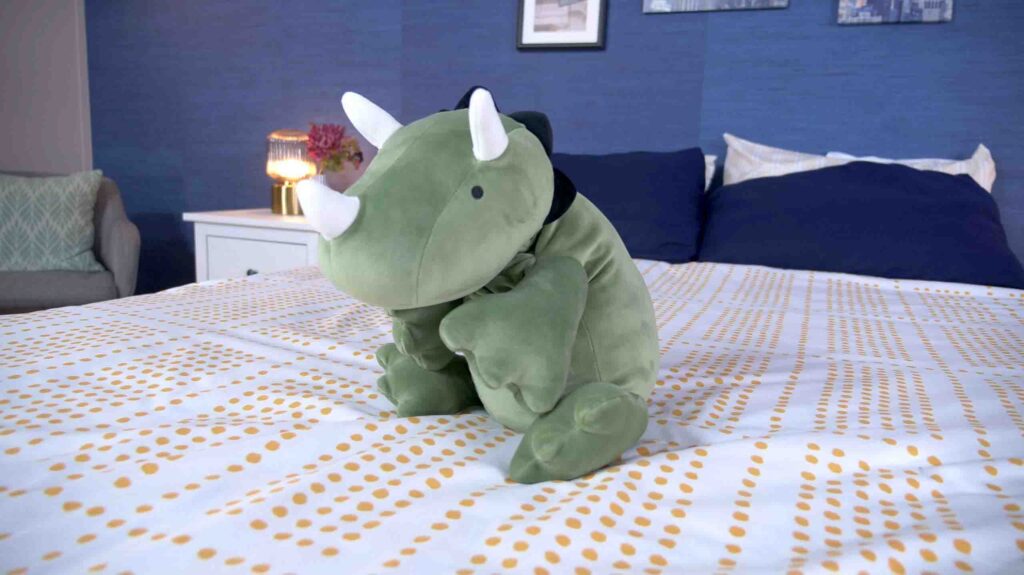
Quality control in weighted stuffed animal production involves rigorous testing of materials, secure construction, and compliance with safety standards.
- Material Testing: Verify that fillers and fabrics meet safety certifications (ASTM F963, EN71) for chemical and physical safety.
- Seam Strength and Double Stitching: Reinforced seams prevent leakage of small weighted pellets, ensuring long-lasting durability.
- Weight Consistency Checks: Production lines measure fill weight to maintain consistent sensory experience in every product.
- Moisture and Mold Resistance: Quality fillers resist moisture, and anti-microbial treatments on fabrics improve hygiene.
- Batch Inspection and Traceability: Manufacturers keep detailed records for traceability and conduct sample testing per batch.
- Consumer Feedback Integration: Listening to user reviews helps refine product durability and safety over time.
Choosing a reliable manufacturer with transparent quality assurance processes is essential for a safe and durable weighted stuffed animal.
| Quality Control Aspect | Description |
|---|---|
| Material Testing | Fillers and fabrics tested to meet safety certifications (ASTM F963, EN71) |
| Seam Strength & Stitching | Reinforced seams and double stitching prevent pellet leakage and ensure durability |
| Weight Consistency Checks | Production lines measure fill weight for consistent sensory experience |
| Moisture & Mold Resistance | Use of moisture-resistant fillers and anti-microbial fabric treatments |
| Batch Inspection & Traceability | Detailed records maintained; sample testing conducted per batch |
| Consumer Feedback Integration | User reviews collected to improve durability and safety over time |
6. Are there any risks or precautions to consider when using weighted stuffed animals?

Weighted stuffed animals are generally safe when used appropriately, but certain risks require attention.
- Choking Hazard: Leakage of small weighted beads or pellets poses a choking risk for young children under 3 years old.
- Weight Appropriateness: Using toys that are too heavy may cause discomfort or restrict movement, especially in infants.
- Material Allergies: Some fillers or fabrics may trigger allergic reactions if not hypoallergenic.
- Supervision and Age Recommendations: Always follow manufacturer guidelines regarding suitable age ranges.
- Cleaning and Maintenance: Weighted toys may require specific cleaning methods to avoid damage or filler clumping.
- Product Recalls and Safety Alerts: Stay informed about recalls or safety updates for specific weighted toy models.
Responsible use combined with quality manufacturing minimizes risks and ensures a positive experience.
| Risk/Precaution | Description |
|---|---|
| Choking Hazard | Leakage of small beads/pellets poses choking risk, especially for children under 3 years old. |
| Weight Appropriateness | Excessive weight can cause discomfort or restrict movement, particularly in infants. |
| Material Allergies | Some fillers or fabrics may cause allergic reactions if not hypoallergenic. |
| Supervision & Age Limits | Follow manufacturer guidelines for suitable age ranges and supervision. |
| Cleaning & Maintenance | Requires specific cleaning to avoid damage or filler clumping. |
| Recalls & Safety Alerts | Stay updated on recalls or safety notifications for weighted stuffed toys. |
Final Thoughts
Weighted stuffed animals blend innovative material science with thoughtful design to create comforting, safe, and often therapeutic companions. Whether for sensory needs, stress relief, or just cozy cuddling, understanding what is inside weighted stuffed animals helps you make smarter choices as a consumer or manufacturer.
If you are interested in customizing high-quality, durable, and eco-friendly weighted stuffed animals, contact Kinwin today to explore tailored solutions crafted to your exact needs and specifications. Let us help you bring plush comfort with responsible innovation to your customers worldwide.




